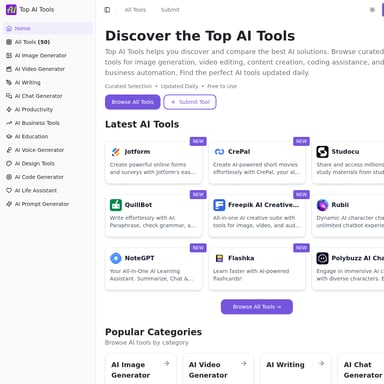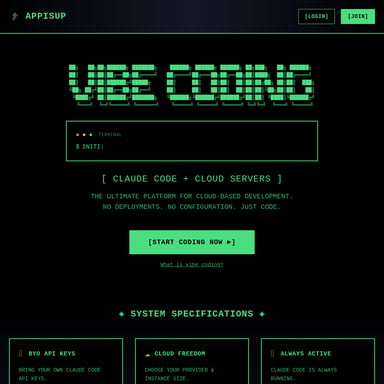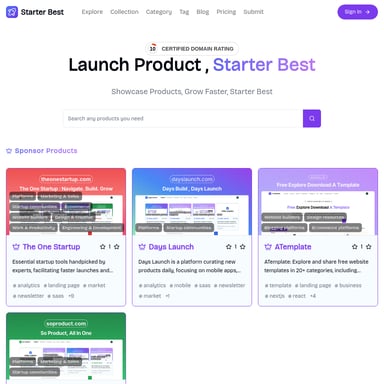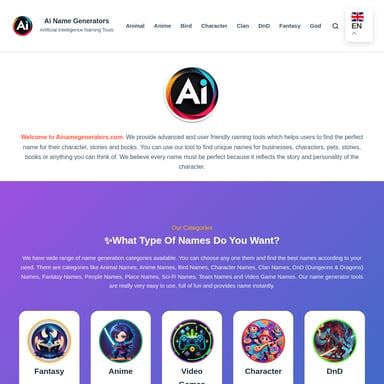AI Interview Copilot
Upstream Connect Error Fix
Resolve upstream connect errors, connection terminations, and improve server responsiveness with effective troubleshooting techniques.
2025-06-28
--K
AI Interview Copilot Product Information
Upstream Connect Error Fix
What's Upstream Connect Error?
An upstream connect error is an issue that occurs when a server experiences problems connecting to an upstream server during a web request. Specifically, the error message often reads "disconnect/reset before headers" or "reset reason: connection termination." This disruption can lead to degraded performance or an inability for users to access certain web services. Identifying the underlying causes is key to mitigating these connection problems and ensuring your web applications run smoothly.
Features of Upstream Connect Error Solutions
When dealing with upstream connect errors, various solutions offer essential features that help enhance server connections and resolve issues. Here are some crucial features:
- Connection Management: Tools to monitor and manage upstream connections, ensuring optimal performance.
- Error Logging: Comprehensive logging of connection attempts and failures allows for better troubleshooting and diagnosis of issues.
- Performance Metrics: Analyzing performance metrics aids in identifying bottlenecks in your server environment.
- Real-time Alerts: Immediate notifications when connection errors occur, enabling swift responses to issues and minimizing downtime.
- Configuration Check: Automated checks to validate configurations that may lead to disconnections or resets.
Use Case
Consider a scenario where a web application relies on multiple upstream servers for data delivery. If the application encounters an upstream connect error, users may experience service interruptions. By implementing an upstream connect error solution, IT teams can automate connection checks, receive alerts for any errors, and utilize performance metrics to identify and resolve the root causes of connectivity issues. This proactive approach not only mitigates disruptions but also enhances the overall user experience, making it crucial for businesses that depend on consistent web performance.
FAQ
What causes upstream connect errors?
Upstream connect errors can arise from various factors, including network configurations, server overloads, or issues with firewalls blocking requests.
How can I troubleshoot upstream connect errors?
Begin troubleshooting by reviewing server logs for patterns or anomalies, checking network settings, and assessing resource availability on upstream servers.
Are there tools specifically for resolving upstream connect errors?
Yes, various tools are available for troubleshooting and monitoring upstream connections, including logs analyzers and network monitoring solutions.
How can I prevent upstream connect errors in the future?
Regularly update server configurations, optimize resource allocation, and monitor servers for performance issues to decrease the likelihood of future errors.
Is the upstream connect error related to specific server setups?
Yes, configurations that fail to accommodate load balancing, or improper routing rules can lead to frequent upstream connect errors, making it essential to review server configurations regularly.
How to Use Upstream Connect Error Solutions
To effectively utilize solutions for upstream connect errors, follow these comprehensive steps:
- Install Monitoring Tools: Start by implementing monitoring software that provides insights into server connectivity and performance patterns.
- Set Up Alerts: Configure alerts for any connection anomalies or errors, allowing for real-time monitoring of your service status.
- Analyze Logs: Regularly review error logs and performance metrics to pinpoint problem areas and identify opportunities for optimization.
- Test Connectivity: Regularly conduct connectivity tests between servers to ensure optimal performance and address potential points of failure.
- Adjust Configurations: Make necessary adjustments based on findings from your monitoring and logging efforts, ensuring that configurations support reliable upstream connections.
Utilizing these strategies can enhance your server's resilience against upstream connect errors, leading to improved service provisioning and user satisfaction.








